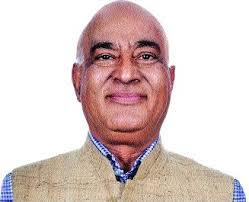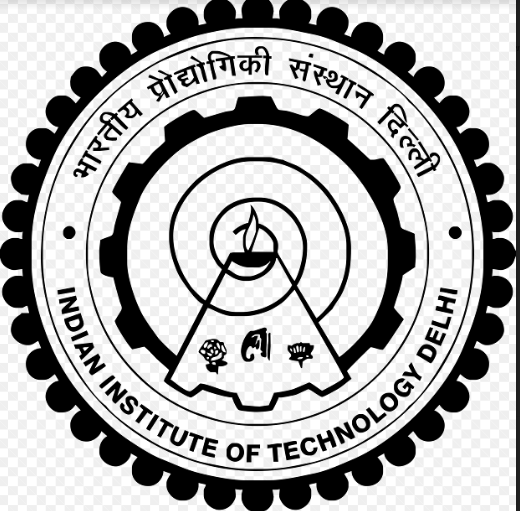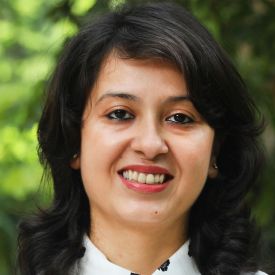Urban exclusion: Rethinking social protection in India in the wake of Covid-19
Economic insecurity caused by lockdowns during the early days of Covid-19 forced many households to rely on government welfare schemes to fulfil their consumption needs. Using data from the June 2020 ...
-
 Pallavi Choudhuri
Pallavi Choudhuri  Sonalde Desai
Sonalde Desai  Santanu Pramanik
Santanu Pramanik  13 June, 2022
13 June, 2022
- Articles
Fatal oblivion: India's National Family Benefit Scheme
The National Family Benefit Scheme (NFBS) – which provides financial assistance to families in the event of the death of a breadwinner – has been plagued by low budget allocations, restricted cove...
-
 Jasmin Naur Hafiz
Jasmin Naur Hafiz  03 January, 2022
03 January, 2022
- Perspectives
Covid-19: Impact on migrant workers in Bihar
The nationwide lockdown – imposed in March 2020 to contain the spread of Covid-19 – left large sections of migrant workers in a precarious position, with livelihoods lost, and no means of public t...
-
 Gaurav Datt
Gaurav Datt  Swati Dutta
Swati Dutta  Sunil Kumar Mishra
Sunil Kumar Mishra  27 October, 2021
27 October, 2021
- Notes from the Field
Not by growth alone: The salience of redistribution in poverty eradication
Recent studies posit that per capita incomes of developing countries are finally on track to catch up to those of industrialised countries. In this post, Enevoldsen and Pande contend that this country...
-
 Nils Enevoldsen
Nils Enevoldsen  Rohini Pande
Rohini Pande  18 October, 2021
18 October, 2021
- Perspectives
Covid-19: Impact on income inequality in India
Even as global inequality was falling, income inequality in India increased during 1990-2019. With the occurrence of Covid-19, the trend of increasing income inequality in the country is expected to n...
-
 Mrinalini Jha
Mrinalini Jha  Rahul Lahoti
Rahul Lahoti  01 September, 2021
01 September, 2021
- Articles
Covid-19 and growing food insecurity: Insights from rural Bihar
Emerging research shows that Covid-19 has had a devastating impact on the already undernourished and marginalised populations, by affecting their access to food and nutrition, and consumption patterns...
-
 Swati Dutta
Swati Dutta  Aditi Madan
Aditi Madan  Sunil Kumar Mishra
Sunil Kumar Mishra  25 August, 2021
25 August, 2021
- Notes from the Field
Spatial disparities in household earnings in India
The per-capita state domestic product of Haryana (India’s richest state) was 5.6 times that of Bihar (poorest state) in 2017-18, up from 3.8 in 1996-97. Differences in urbanisation levels and inabil...
-
 S. Chandrasekhar
S. Chandrasekhar  Karthikeya Naraparaju
Karthikeya Naraparaju  Ajay Sharma
Ajay Sharma  18 August, 2021
18 August, 2021
- Articles
PDS, National Food Security Act, and Covid-19
Introduced in 2013, the National Food Security Act (NFSA) brought about fundamental reforms in the public distribution system (PDS) and most importantly, declared a legal ‘right to food’. Based on...
-
 Ruchira Boss
Ruchira Boss  Mamata Pradhan
Mamata Pradhan  Devesh Roy
Devesh Roy  Sunil Saroj
Sunil Saroj  16 August, 2021
16 August, 2021
- Articles
Focussing on inequality of opportunity to sustain India’s growth
India has seen a four-fold increase in average incomes since 1990, which has reduced the share of the population living in absolute poverty from 45% to 20%. Yet, there are large and widening inequalit...
-
 Sriram Balasubramanian
Sriram Balasubramanian  Rishabh Kumar
Rishabh Kumar  Prakash Loungani
Prakash Loungani  12 July, 2021
12 July, 2021
- Articles
How has the Covid-19 crisis affected the urban poor? Findings from a phone survey - III
While the devastating impact of the second Covid-19 on public health in India is well-known, there is relatively little evidence on its economic and psychological dimensions. Based on surveys in indus...
-
 Farzana Afridi
Farzana Afridi  Amrita Dhillon
Amrita Dhillon  Sanchari Roy
Sanchari Roy  02 July, 2021
02 July, 2021
- Notes from the Field
The changing demand for welfare in rural Pakistan
The proliferation of cash transfer programmes in developing countries has raised concern regarding a crowding-out effect on citizens' demands for investment in universal public services. Based on a ho...
-
 Matteo Iudice
Matteo Iudice  Rehan Rafay Jamil
Rehan Rafay Jamil  24 June, 2021
24 June, 2021
- Articles
The Covid-19 crisis and food security
India’s national lockdown in 2020, imposed to contain the spread of Covid-19, threw millions of people out of work and sharply reduced earnings for those who remained employed. Based on data from mu...
-
 Jean Drèze
Jean Drèze  Anmol Somanchi
Anmol Somanchi  21 June, 2021
21 June, 2021
- Perspectives
Covid-19: Health and economic impacts in Indian slums
Initial predictions suggested that slum communities – densely packed, with shared water taps, and an impossibility of social distancing – would be particularly hard-hit by Covid-19. In this note, ...
-
 Harlan Downs-Tepper
Harlan Downs-Tepper  Anirudh Krishna
Anirudh Krishna  Emily Rains
Emily Rains  31 May, 2021
31 May, 2021
- Notes from the Field
Examining district-level performance of Ujjwala: The case of Chhattisgarh and Jharkhand
Launched in 2016, Pradhan Mantri Ujjwala Yojana (PMUY) aims to encourage the adoption of liquefied petroleum gas (LPG) for cooking. Using National Sample Survey data for 2014 and 2017, this article ex...
-
 Manisha Mukherjee
Manisha Mukherjee  25 May, 2021
25 May, 2021
- Articles
Twitter feed
Tweets by Ideas4IndiaMost Popular Poverty & Inequality Posts
Wealth inequality, class, and caste in India: 1961-2012
The level of wealth inequality in India is close to that of some highly unequal countries in the world. This article assesses the long-term evolution of wealth inequality in the country for the period...
 Nitin Kumar Bharti
Nitin Kumar Bharti  28 June, 2019
28 June, 2019
- Articles
Covid-19: What can be done immediately to help vulnerable population
With over 80% of India’s workforce employed in the informal sector and one-third working as casual labour, Covid-19's spread and subsequent unplanned lockdowns, have created economic havoc in the li...
 Reetika Khera
Reetika Khera  25 March, 2020
25 March, 2020
- Perspectives
EWS reservation in higher education: Affirmative action or vote bank politics?
The Constitution (103rd Amendment) Act, 2019, provides for 10% reservation for the economically weaker sections (EWS) in higher educational institutions within the general category. In this post, Devi...
 Devika Malhotra Sharma
Devika Malhotra Sharma  11 September, 2019
11 September, 2019
- Perspectives





 30 September, 2022
30 September, 2022





